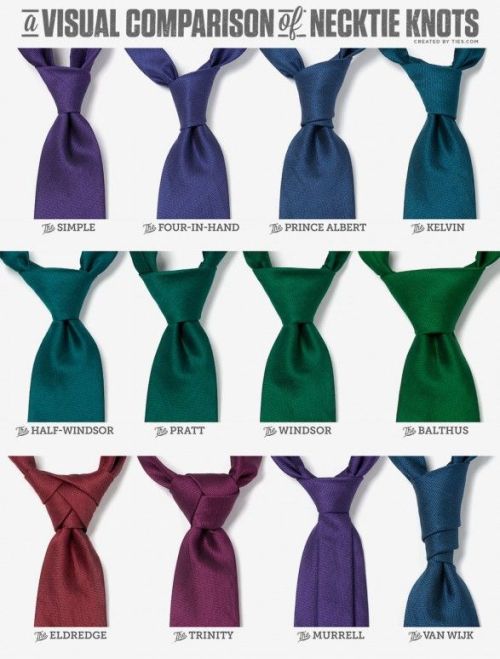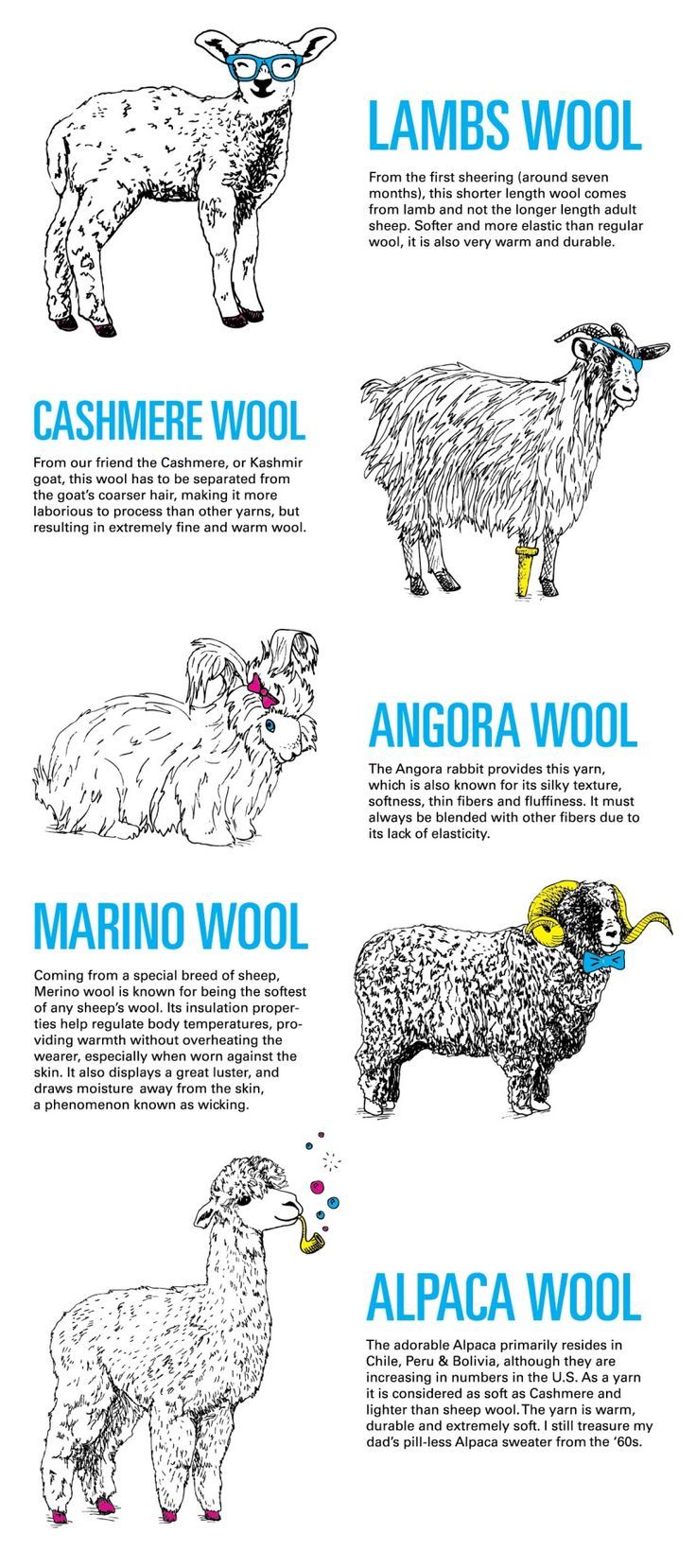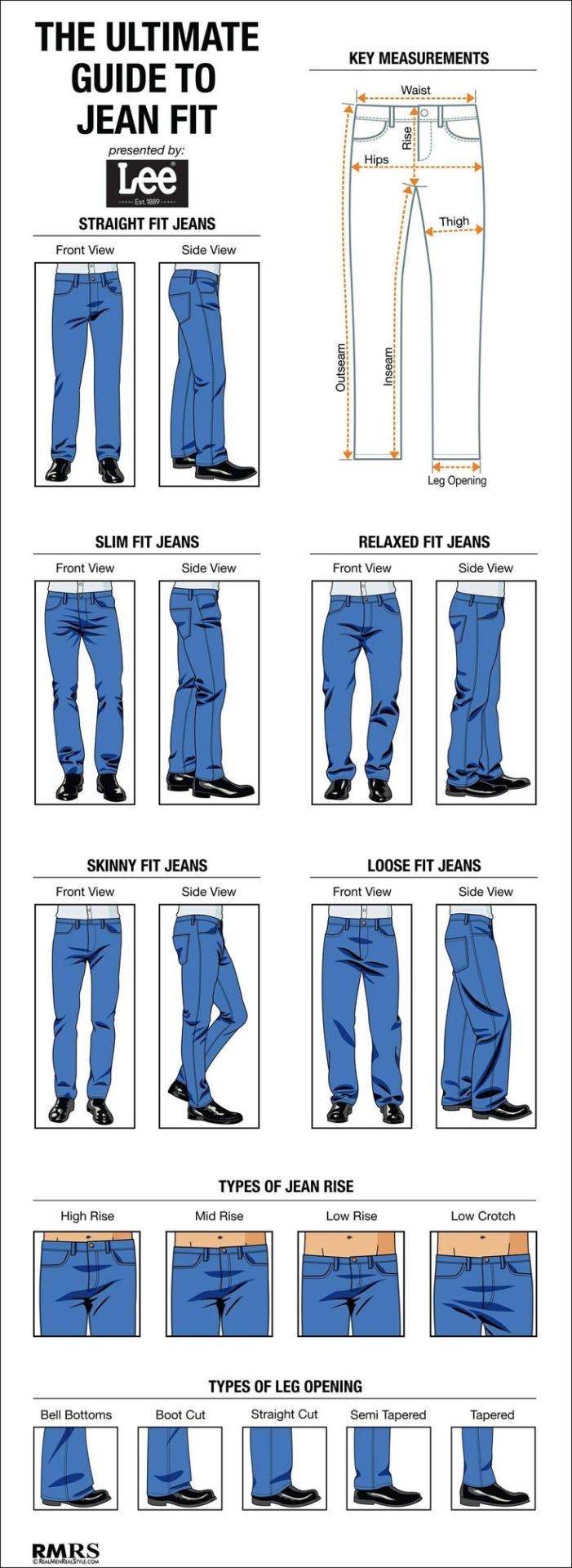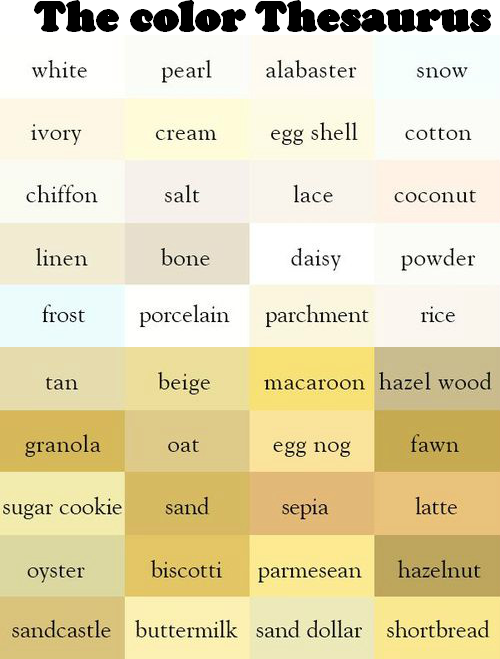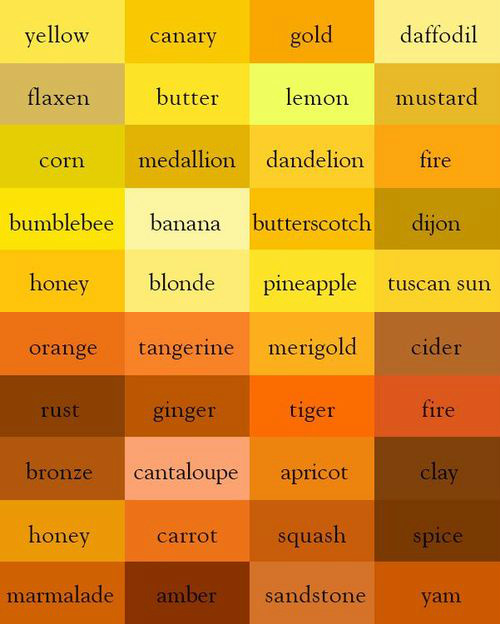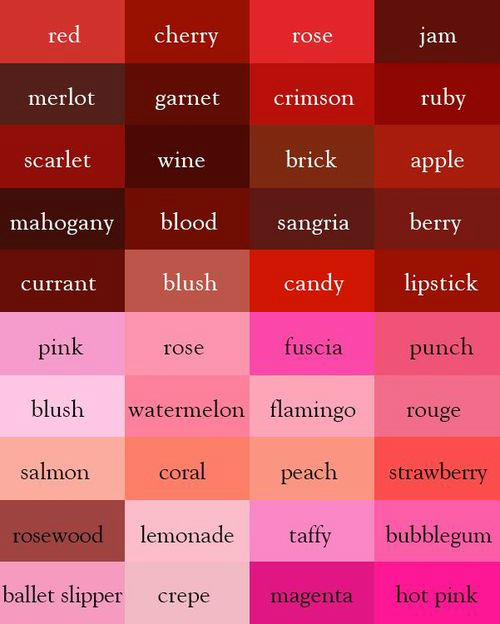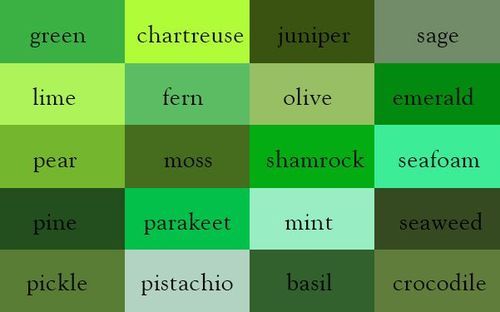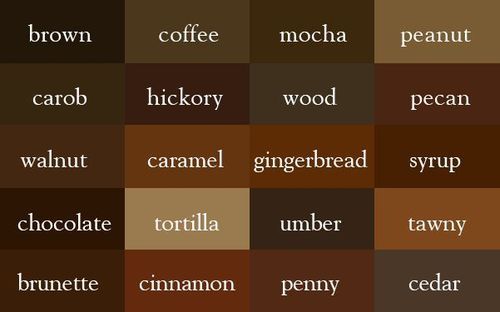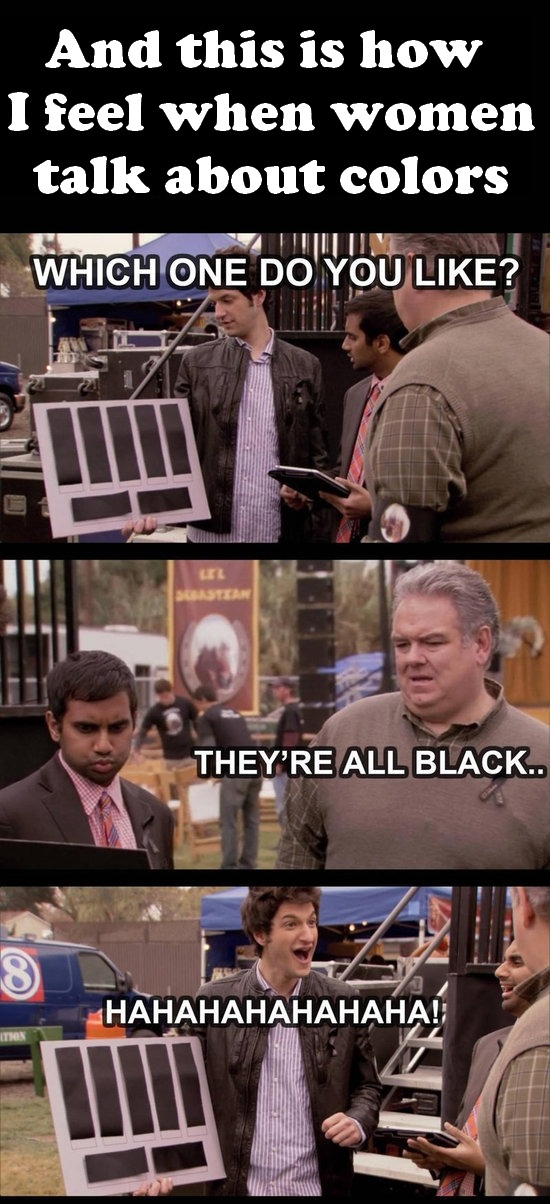PART ONE: COLOR SELECTION.
can you give a run down on skintones?
PART ONE: COLOR SELECTION.
In painting skin tones, a lot of the time I see people choose colors that are over-saturated or unbalanced. There isn’t really an exact art to this that I can explain—you just need to get a feel for what saturation balance you need for that particular skintone. Here are some examples of what I usually pick.

As you can see, I used different base colors (orange, reddish, yellow) for the skin shades in all three examples. The reason for this is because all skin tones have a different base color besides just Light, Medium, and dark. Some people divide them into categories of “warm” and “cool.” Pantone has some really good examples and references for this.

PART TWO: COLOR VARIATION.
Another big part about drawing and painting skin tones that a lot of people forget is how skin thickness affects color variation. The presence of bone, blood, and muscle underneath the skin affects its colors. This is especially noticeable on the face.

The colors here are a little exaggerated to show my point, but with a little adjusting and blending…

Voila! Subtle, but more realistic.
PART THREE: DETAILS.
Our skin is the largest organ on our body, and as our body’s first line of defense against the outside world, it’ll be covered with tiny details and imperfections. Things like sunburns, tans, freckles, scars, and facial hair all add character to your subject matter. Here are some examples!
TANS: Everyone tans differently, depending on your ethnicity and skin tone. Fair skinned folks tend to burn more than tan, which means you’ll need a more startling, eye-catching red.If you have a skin type that tends to tan more, the color will be more brown than red. For black skin tones, the tan is less red. (And while we’re on the subject: black people DO tan, so it’s important for you to put on sunscreen and be careful in the sun, too.)

Those are the areas that the sun tends to hit the most—and things like goggles, hats, and masks can change the shape of that area.
FRECKLES AND MOLES: Freckles are also products of the sun. Some people have freckles that stay year-round, while others have freckles that fade in the winter and return in the summer. Moles are skin cells that grow in a cluster instead of being spread throughout the skin. When exposed to the sun, they tend to darken. (Another note on skin health: if you have any oddly-shaped/colored moles, moles that have changed color, size, or shape, or anything of the sort, please check with your doctor!)
Freckles like to cluster around each other, sort of like stars, and they vary greatly in size. You can have a few freckles in one place, or a lot of freckles in multiple places. Most commonly freckled areas are your face, shoulders and neck, back, and forearms.

FACIAL HAIR: Facial hair also affects the colors of the face. For simplicity’s sake we’ll be using black hair, as it is the most noticeable. Facial hair usually grows in these areas, and can make the skin look blueish/grayish because of the darker hairs beneath the skin. If your hair is red, this also very noticeable.

END NOTE.
There you go! That’s about all I can think of at the moment for skin tones. As always, references and practice are your best friend (and so is this neat little trick that pheberoni has.) Good luck with your arting!
More Posts from Scrapbox-in-the-attic and Others
UPDATED DISCORD FORMATTING ♡ updated reference sheet for those newer to discord (or those who aren't familiar with markdown in general) ! my last post didn't include links, headers, or lists. you can access the google doc version in the source link.


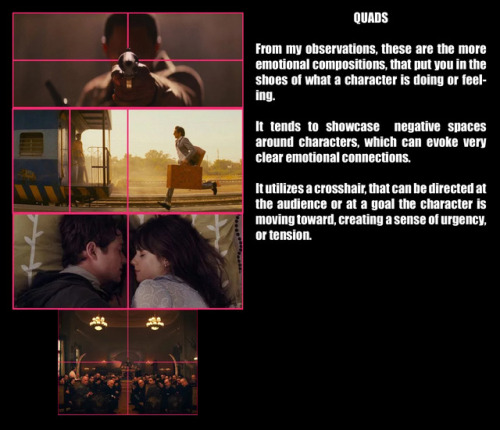


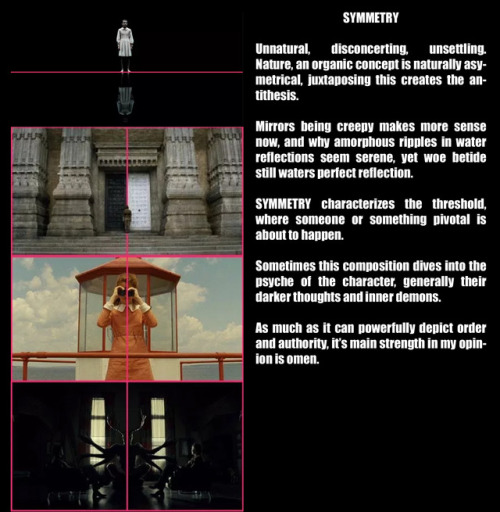
Wandered into an article with 140 iconic cinematic shots, the comments complained there was no explanation to their composition. Decided to give it a run down and keep it to myself.
The compositions are mostly self explanatory but I wanted to see what patterns I could find. That’s just how you learn stuffs.
Okay, so Google Removed Pride Month and Other Diversity Holidays From Its Calendar App. There are many ways to respond to this, including leaving Google Calendar. If you can't do that for any reason, this project has something that might help.
Every year we make a calendar of dates that have particular significance to queer history. It has always been a pleasure project and hasn't made us much money, so when we made a Google Calendar plug-in, we made it pay-what-you-can. I'm grateful we did because it means anyone can access this now.
To be clear, this is more than Pride Month; this has near-daily reminders of queer history. Birthdates of people you may not recognize (though we encourage you to learn more about them on our website). This doesn't address everything. Google also removed Black History Month, Indigenous People Month, Jewish American Heritage Month, Holocaust Remembrance Day, and Hispanic Heritage Month. We have many of them on our calendar, but we can't promise we have everything Google got rid of, as this was made with no clue that Google would do this.
Regardless, we wanted to put this resource out there in response to the news. Preserving queer history is a community responsibility, and we are grateful to share any tools that we have.






Natural Black Hair Tutorial! Usually Black hair is excluded in the hair tutorials which I have seen so I have gone through it in depth because it’s really not enough to tell someone simply, “Black hair is really curly, draw it really curly.“
The next part of Black Hair In Depth will feature styles and ideas for designing characters and I will release it around February. If you would like to see certain styles, please shoot me a message!
[Patreon]
The end of this is my computer dying very badly because I refuse to let any technology go.
Writing Tips
Punctuating Dialogue
✧
➸ “This is a sentence.”
➸ “This is a sentence with a dialogue tag at the end,” she said.
➸ “This,” he said, “is a sentence split by a dialogue tag.”
➸ “This is a sentence,” she said. “This is a new sentence. New sentences are capitalized.”
➸ “This is a sentence followed by an action.” He stood. “They are separate sentences because he did not speak by standing.”
➸ She said, “Use a comma to introduce dialogue. The quote is capitalized when the dialogue tag is at the beginning.”
➸ “Use a comma when a dialogue tag follows a quote,” he said.
“Unless there is a question mark?” she asked.
“Or an exclamation point!” he answered. “The dialogue tag still remains uncapitalized because it’s not truly the end of the sentence.”
➸ “Periods and commas should be inside closing quotations.”
➸ “Hey!” she shouted, “Sometimes exclamation points are inside quotations.”
However, if it’s not dialogue exclamation points can also be “outside”!
➸ “Does this apply to question marks too?” he asked.
If it’s not dialogue, can question marks be “outside”? (Yes, they can.)
➸ “This applies to dashes too. Inside quotations dashes typically express—“
“Interruption” — but there are situations dashes may be outside.
➸ “You’ll notice that exclamation marks, question marks, and dashes do not have a comma after them. Ellipses don’t have a comma after them either…” she said.
➸ “My teacher said, ‘Use single quotation marks when quoting within dialogue.’”
➸ “Use paragraph breaks to indicate a new speaker,” he said.
“The readers will know it’s someone else speaking.”
➸ “If it’s the same speaker but different paragraph, keep the closing quotation off.
“This shows it’s the same character continuing to speak.”

my edit of @gladiolusly 's group meme (original here) which is exactly what I was looking for, thank you....
-
 kisanekomew liked this · 10 months ago
kisanekomew liked this · 10 months ago -
 wolfykit liked this · 1 year ago
wolfykit liked this · 1 year ago -
 twadi-gurl reblogged this · 1 year ago
twadi-gurl reblogged this · 1 year ago -
 scrapbox-in-the-attic reblogged this · 1 year ago
scrapbox-in-the-attic reblogged this · 1 year ago -
 xxcringecake69xx liked this · 1 year ago
xxcringecake69xx liked this · 1 year ago -
 multidimensionalfang1rl reblogged this · 1 year ago
multidimensionalfang1rl reblogged this · 1 year ago -
 gore-worm liked this · 2 years ago
gore-worm liked this · 2 years ago -
 uponhumanzhill liked this · 2 years ago
uponhumanzhill liked this · 2 years ago -
 yesireblogstuff reblogged this · 2 years ago
yesireblogstuff reblogged this · 2 years ago -
 demoruu liked this · 3 years ago
demoruu liked this · 3 years ago -
 kast-19 reblogged this · 3 years ago
kast-19 reblogged this · 3 years ago -
 p-p-panda liked this · 3 years ago
p-p-panda liked this · 3 years ago -
 theworstbear liked this · 3 years ago
theworstbear liked this · 3 years ago -
 artdumppile reblogged this · 3 years ago
artdumppile reblogged this · 3 years ago -
 biblically-accurate-angel liked this · 3 years ago
biblically-accurate-angel liked this · 3 years ago -
 bungermeal liked this · 4 years ago
bungermeal liked this · 4 years ago -
 gangtheway liked this · 4 years ago
gangtheway liked this · 4 years ago -
 giving-theworldthewreckeritneeds liked this · 4 years ago
giving-theworldthewreckeritneeds liked this · 4 years ago -
 thecryptidwizard liked this · 4 years ago
thecryptidwizard liked this · 4 years ago -
 schlattssack liked this · 4 years ago
schlattssack liked this · 4 years ago -
 superredvelvetcupcakesworld liked this · 4 years ago
superredvelvetcupcakesworld liked this · 4 years ago -
 martialwriter liked this · 5 years ago
martialwriter liked this · 5 years ago -
 crowmakesart24 liked this · 5 years ago
crowmakesart24 liked this · 5 years ago -
 valerian-chai liked this · 5 years ago
valerian-chai liked this · 5 years ago -
 dorkydisk liked this · 5 years ago
dorkydisk liked this · 5 years ago -
 tutoriarts reblogged this · 5 years ago
tutoriarts reblogged this · 5 years ago -
 third-times-the-charm reblogged this · 5 years ago
third-times-the-charm reblogged this · 5 years ago -
 tails-of-a-dragon-rider reblogged this · 6 years ago
tails-of-a-dragon-rider reblogged this · 6 years ago -
 sweetnsaltypotato liked this · 6 years ago
sweetnsaltypotato liked this · 6 years ago -
 bluebells013 liked this · 6 years ago
bluebells013 liked this · 6 years ago -
 museit liked this · 6 years ago
museit liked this · 6 years ago -
 rakenrollrobin liked this · 6 years ago
rakenrollrobin liked this · 6 years ago -
 tiredandfullofbees liked this · 6 years ago
tiredandfullofbees liked this · 6 years ago -
 abeloth reblogged this · 6 years ago
abeloth reblogged this · 6 years ago -
 nilalunis16 liked this · 6 years ago
nilalunis16 liked this · 6 years ago -
 buter-s-maslitsem reblogged this · 6 years ago
buter-s-maslitsem reblogged this · 6 years ago -
 buter-s-maslitsem liked this · 6 years ago
buter-s-maslitsem liked this · 6 years ago
